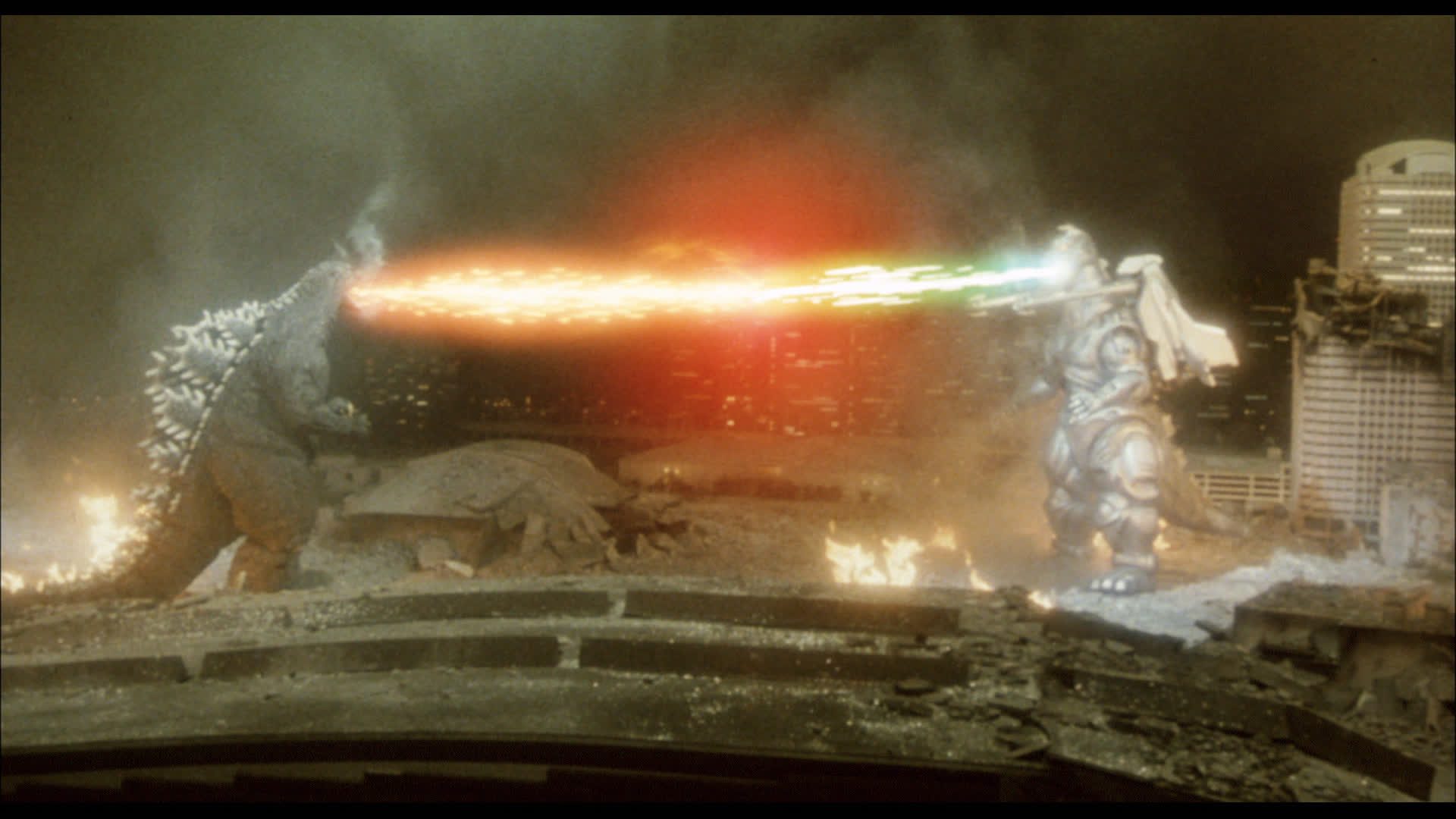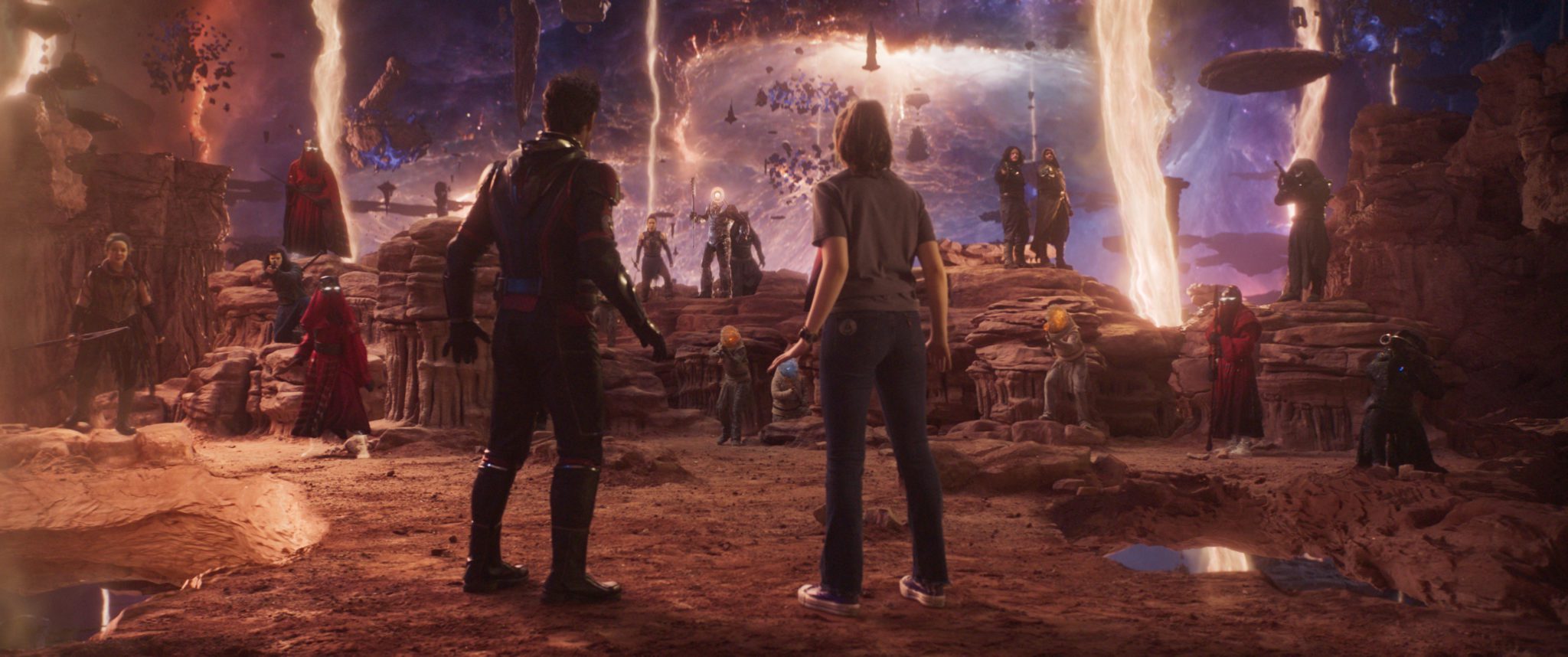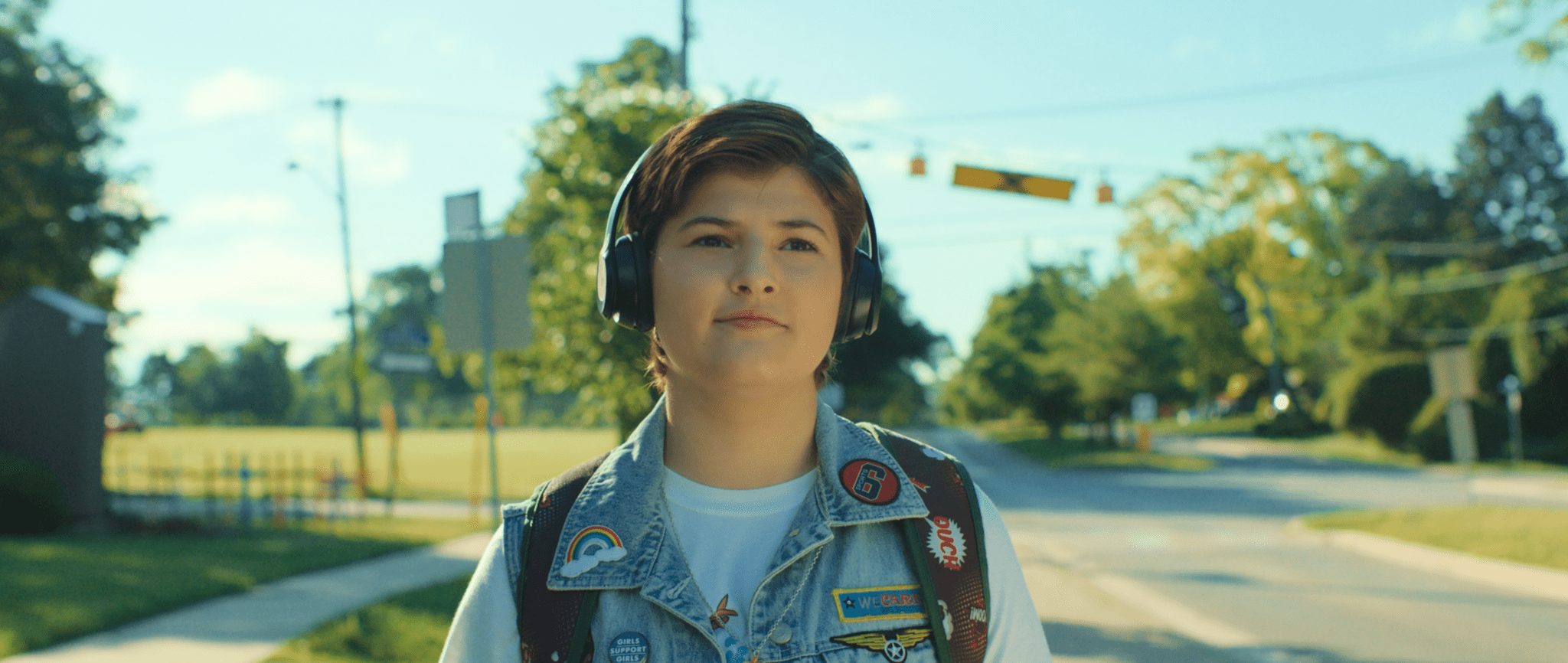
By Ben Dower
The United Nations Godzilla Countermeasures Centre?s G-Force unit has built two new battle machines using the futuristic technology found in Mecha-King Ghidorah.??One is an aerial combat vehicle called Garuda, and the second is Mechagodzilla.
On Adonoa Island in the Bering Sea, an unfossilized Pteranodon egg is discovered. As the research team is preparing to take the egg back to Japan, they are attacked by Rodan. Suddenly Godzilla emerges from the sea and battles Rodan, killing it. While the monsters are distracted by their fight, the team flees the island with the egg.
Back in Kyoto, scientist Azusa Gojo (Ryoko Sano) is studying the egg. Mechagodzilla pilot Kazuma Aoki (Masahiro Takashima), who loves Pteranodons, skips out of work to see the egg. The egg soon hatches, but instead of a Pteranodon, a Baby Godzilla emerges.
Godzilla appears at Yokkaichi and Mechagodzilla is dispatched. A replacement pilot has to be found last minute for Kazuma, much to the frustration of his co-pilots. Mechagodzilla battles Godzilla, but is defeated. Godzilla heads to the Kyoto facility where Baby Godzilla is being kept. Unable to get to the infant in the basement of the facility, Godzilla heads out to sea.
Psychic Miki Saegusa (Megumi Odaka) has found that some prehistoric ferns on Baby Godzilla?s egg shell contained some sort of psychic song. She has a group of girls from an ESP centre sing the song for Baby Godzilla, but it seems to only agitate him. On Adonoa Island, however, the song has revived Rodan.

A plan is made to use Baby Godzilla to lure Godzilla to a remote island where he can be killed by Mechagodzilla. As part of the plan, Miki will be needed on Mechagodzilla to locate Godzilla?s secondary brain in his spine. Miki and Azusa object to the plan, but are overruled.
Azusa gets clearance to travel in the container with Baby Godzilla by helicopter, but the helicopter is suddenly attacked by Rodan. The container is taken to Chiba by the monster, who then tries to break it open to get Baby Godzilla out. Mechagodzilla and Garuda are sent, and Rodan is seriously injured. Before Azusa and Baby Godzilla can be freed from the container, however, Godzilla emerges.
Despite feeling uncomfortable with the plan, Miki helps Mechagodzilla kill Godzilla. Hearing Godzilla?s cries, Baby Godzilla calls out. Rodan awakens and sacrifices himself, transferring his remaining energy into Godzilla. Godzilla revives, super-charged, and destroys Mechagodzilla. He then collects Baby Godzilla and the two monsters head out to sea.
Godzilla vs. Mechagodzilla II is arguably one of the best Godzilla movies of the Heisei series, packed with likable characters, a fun story, great special effects, and a lot of monster action. It also brings back three classic Toho monsters: Mechagodzilla, Rodan and Minya, here reimagined as the much more grounded Baby Godzilla.
Takao Okawara was given the director?s chair once again, and Wataru Mimura was given the writing duties. Mimura?s story is fun and engaging, keeping a great balance between the human characters and their monster co-stars, something helped by the inclusion of Baby Godzilla within those more human-oriented scenes.
Akira Ifukube also returns to score his third Heisei Godzilla movie, and he delivers a fatastic soundtrack. Not only are his classic Godzilla and Rodan themes back, but he also writes brand new themes for Baby Godzilla and Mechagodzilla. His theme for Mechagodzilla is particularly good, balancing the sense of power and weight of the robot with the wonder such a device should inspire. Another standout piece is the music for Godzilla?s battle with Rodan on Adonoa island, which alternates beautifully between Godzilla?s theme and Rodan?s theme as the monsters clash.

Mechagodzilla is a truly fantastic update of the character. Rather than being built by alien invaders this time around, the film takes the more rational route and has Mechagodzilla produced on Earth as an anti-Godzilla weapon. The idea of using the technology found in Mecha-King Ghidorah is a really good one as it helps explain how this high-tech super-weapon was able to be built in 1994. Mechagodzilla is less angular than his 1970s counterpart in this film, and moves a lot slower and more robotic, giving a real impression of weight and strength.
Thematically, Godzilla vs. Mechagodzilla II isn?t all that deep. Though the theme of the film is stated outright by one of the characters rather awkwardly as ?life against artificial life?, the movie really seems to be addressing the value of life. When it is decided that Baby Godzilla will be used as an ?asset? to lure Godzilla, Azusa remarks that he is not just an asset, but a living being. Miki also has reservations about the plan to kill Godzilla, and though she ultimately does what her superiors command, it?s clear she feels great guilt for her role in it.
Toho had Godzilla vs. Mechagodzilla II dubbed into English in Hong Kong and the film was released to VHS in North America in 1999 by Columbia TriStar Home Video. This release was an English dubbed full screen version of the film that cut off the end credits, which featured video of Godzilla and Baby Godzilla swimming out to sea. The film was later released on DVD in 2005 in widescreen with both the English dubbed audio track and the Japanese audio, though the English subtitles provided on the disc are based on the dubbing rather than a proper translation of the Japanese dialogue. There appears to have been another English dub produced for the film as well, though it doesn?t seem to have been released.
In 2014, Godzilla vs. Mechagodzilla II was released to Blu-ray in a double-feature set with Godzilla vs SpaceGodzilla(1994) by Sony Pictures Home Entertainment. Both films get their own disc, and are presented in widescreen with the original Japanese audio and English dub as audio options. The full end credits are also preserved this time, though translated into English. Unfortunately the subtitles are largely based off the dub again. The DVD and Blu-ray releases appear to still be available.



